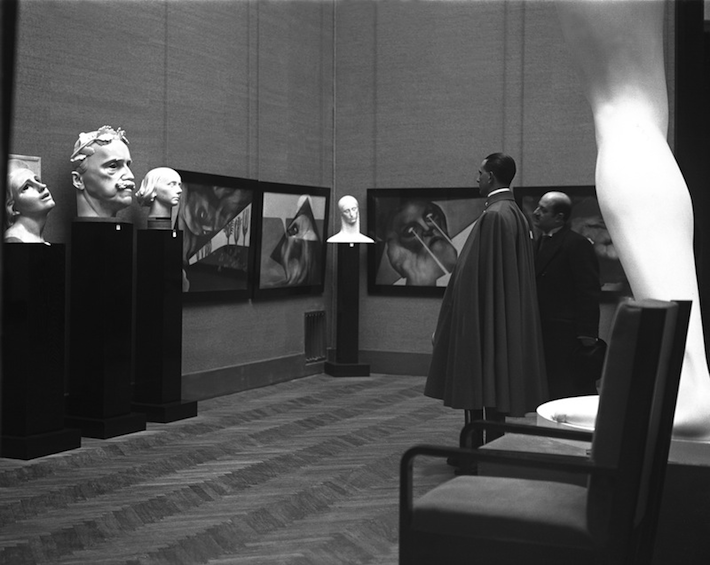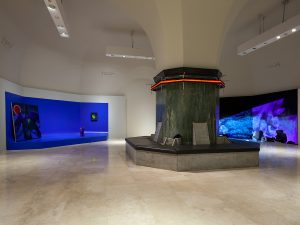The Quadriennale was established in 1927 through a resolution issued by the Governorate of Rome. Its institution, promulgated the following year, was part of an ambitious plan for the reorganization and rationalization of exhibition initiatives throughout the country.The idea was to bring together the most representative trends in Italian art in a single major exhibition that would link the provincial and regional exhibitions, organized by the art trade unions, and the international Venice Biennale. Cipriano Efisio Oppo played a decisive role in launching the initiative. Oppo was an artist, writer, member of Parliament and a director of the art trade union and he organized the first four Quadriennale exhibitions in the role of the general secretary. He was assisted by the chairman Enrico di San Martino, a leading figure in cultural policy in Rome between the end of the 19th century and the first half of the 20th century. It became immediately apparent what Oppo had in mind for the event. The Quadriennale had to become the most important art competition in Italy, offering incentives for exhibitors in the form of awards and an impressive purchasing campaign.





